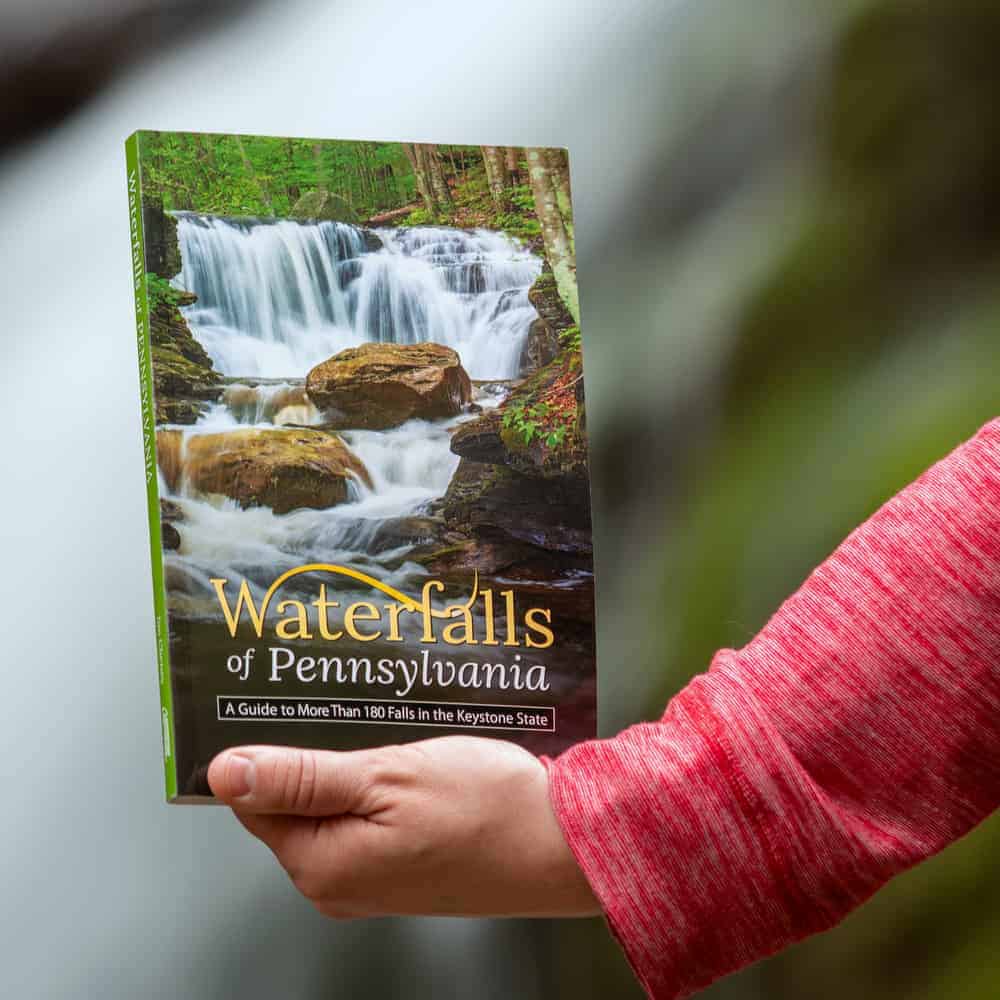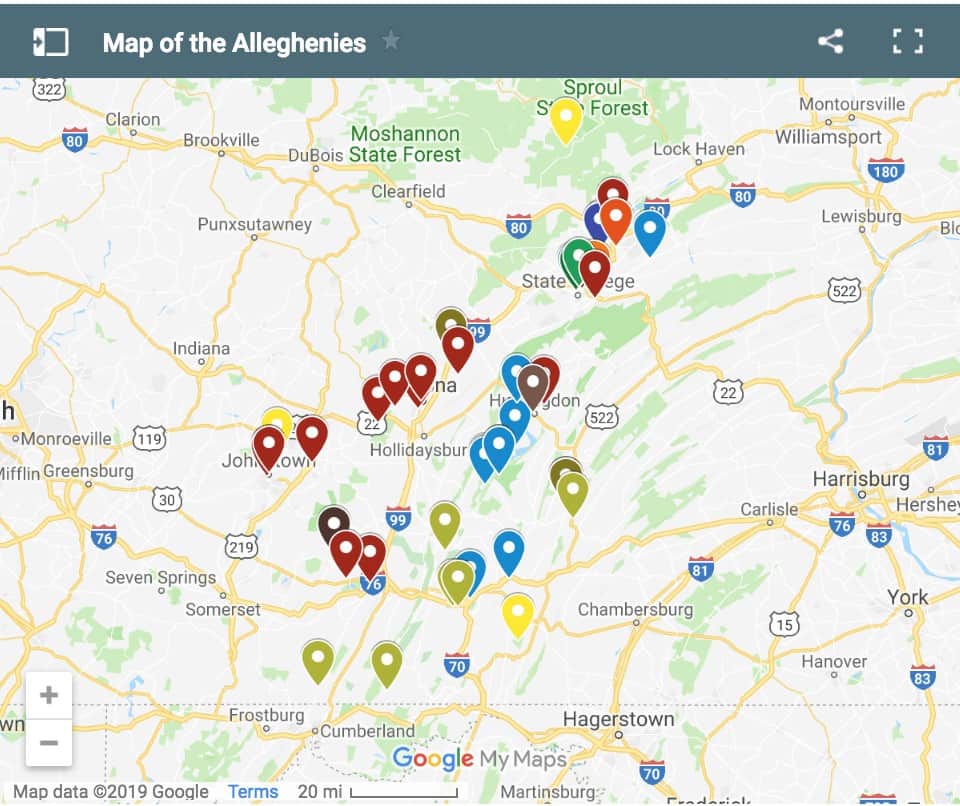Penn State’s campus in State College might be filled with academic buildings and the country’s second-largest stadium, but it is also home to the beautiful and peaceful Arboretum at Penn State.
Plans to create Penn State’s arboretum were first made in 1914, but it wasn’t until 2009 that it was first planted on an old hayfield that also served as overflow parking for the football stadium. Today, the Arboretum at Penn State covers roughly 7 acres with beautiful gardens.

While that may sound small, especially compared to some of Pennsylvania’s historic gardens like eastern PA’s Tyler Arboretum and Longwood Gardens, they pack a lot into this space. In fact, there are 11 different gardens at the Arboretum at Penn State. Each of these offers unique plantings that make the site a worthwhile destination on campus.
This free-admission arboretum features gardens suitable for nearly any visitor, whether you want to enjoy beautiful flowers, entertain children, or just pass time in a peaceful environment. They also hold free public programming throughout the year including programs for children, live music, avian programs, and much more.
You can even check out the incredible Palmer Museum of Art on the arboretum’s grounds.

During my visit, I especially enjoyed checking out the Children’s Garden, the newest addition to Penn State’s arboretum. This full-fenced garden allows children to explore a variety of habitats within a garden made up of plants native to Pennsylvania.
The garden is set up as a mini example of the ridge and valley system that dominates the landscape surrounding the university. This means there are small streams for children to play in, hills to climb, and even a cave to explore.

The other gardens at the arboretum are centered around themes such as the Rose and Fragrance Garden (which smells great), the Tropical Grove, and the Grove of the Ancients.
The majority of the gardens, with the Tropical Grove being a notable exception, feature plants that are indigenous to the climate, even if they are from other parts of the world. This gives visitors a chance to see some of the unique plants that can be grown in the climate and offer ideas for unique plants to place in their backyard landscape.

While walking the grounds of the Arboretum at Penn State, make sure to stop and see the watershed map that’s located adjacent to the Overlook Pavilion.

"Waterfalls of Pennsylvania" by Jim Cheney
If you love PA waterfalls, you won't want to miss this waterfall book from Jim Cheney, author of Uncovering PA, featuring more than 180 great waterfalls. Order it now on Bookshop.org or Amazon.
The Ridge and Valley Sculpture is laid out on the ground and offers visitors a bird’s-eye view of the landscape surrounding State College. With boulders standing in for mountains, including the famous Mount Nittany, this map offers a nice look at the region’s landscape and helped me better understand how the area is laid out.

Overall, the Arboretum at Penn State is a nice place to visit if you are spending time on campus or if you enjoy beautiful gardens. Over the coming years, the garden has plans to greatly expand in size and add features such as a conservatory and a planetarium. However, even without these potential additions, these beautiful gardens are well worth taking the time to see.
Looking for other places to visit in the area? Check out our top picks for things to do in and around State College, hiking at Shaver’s Creek Environmental Center, Discovery Space, and the Penn State All-Sports Museum.




 "
"



